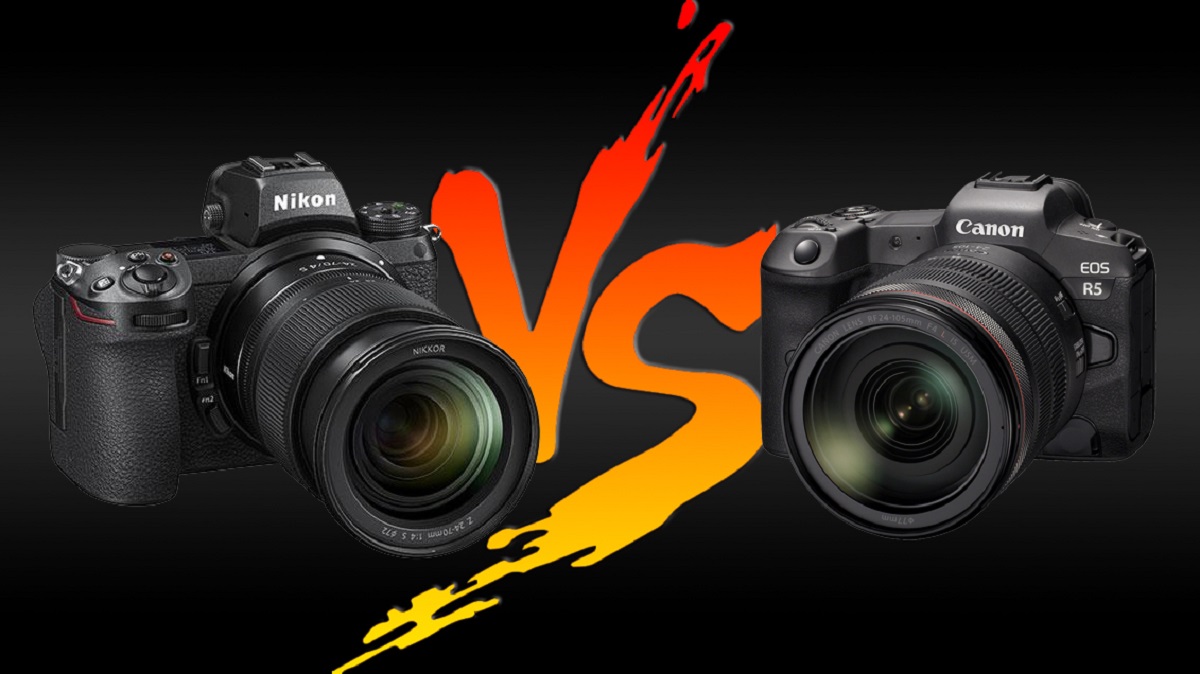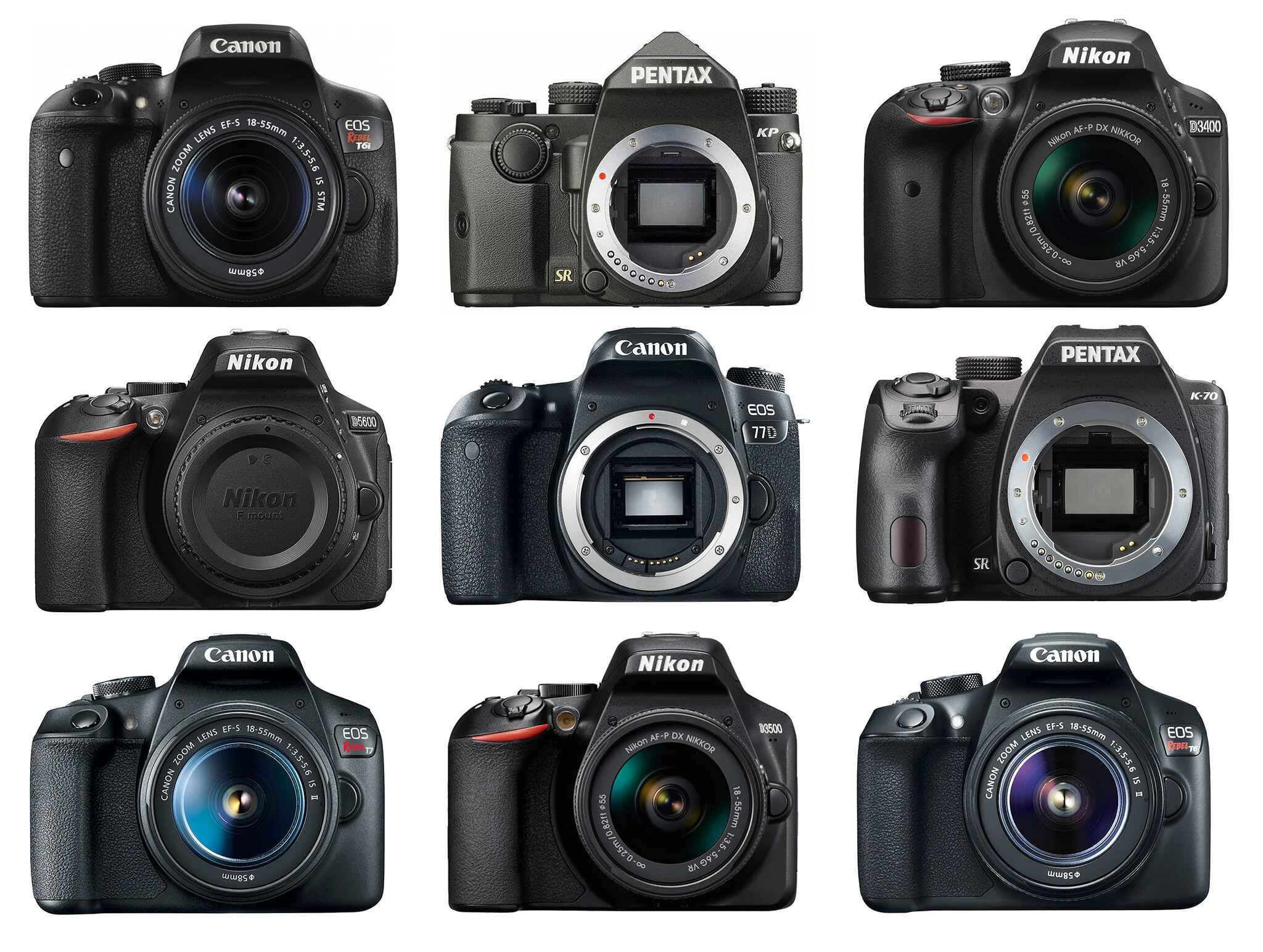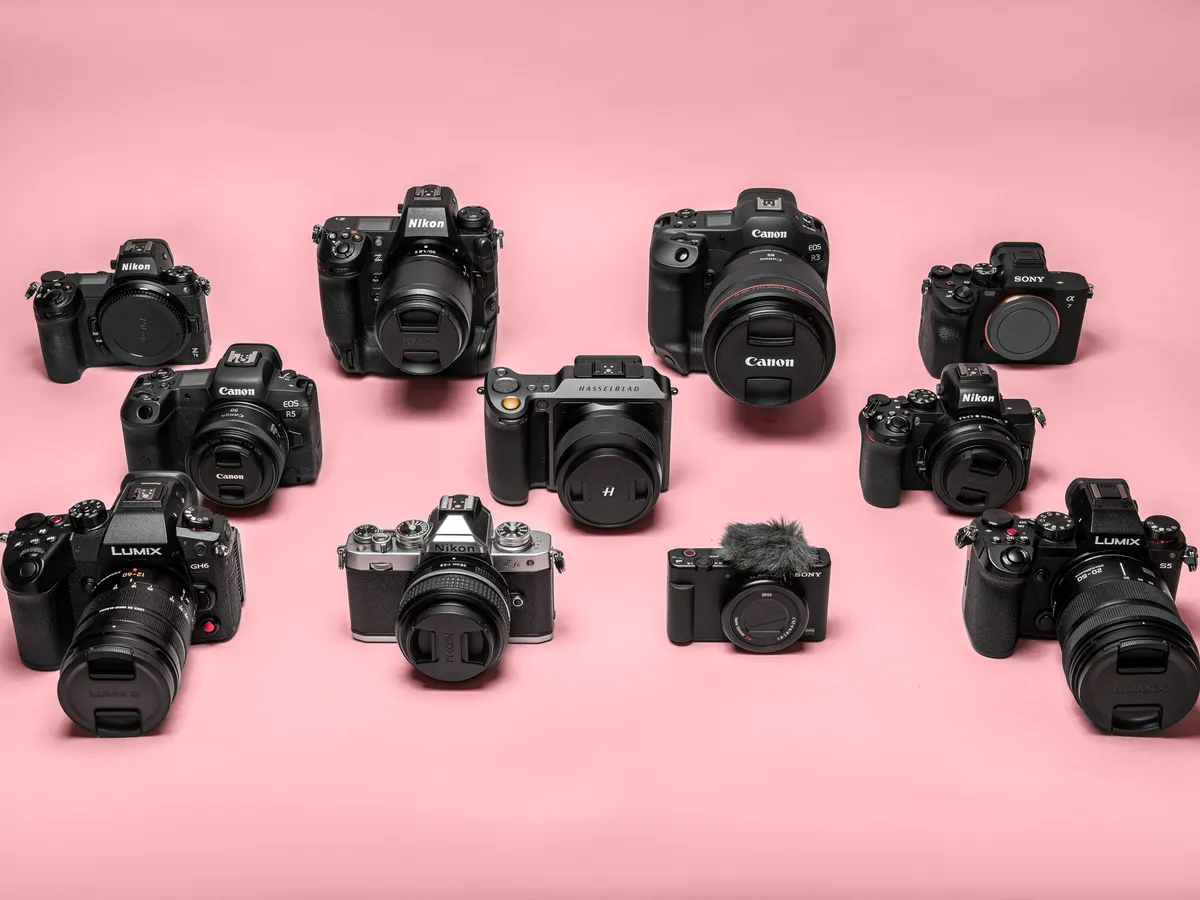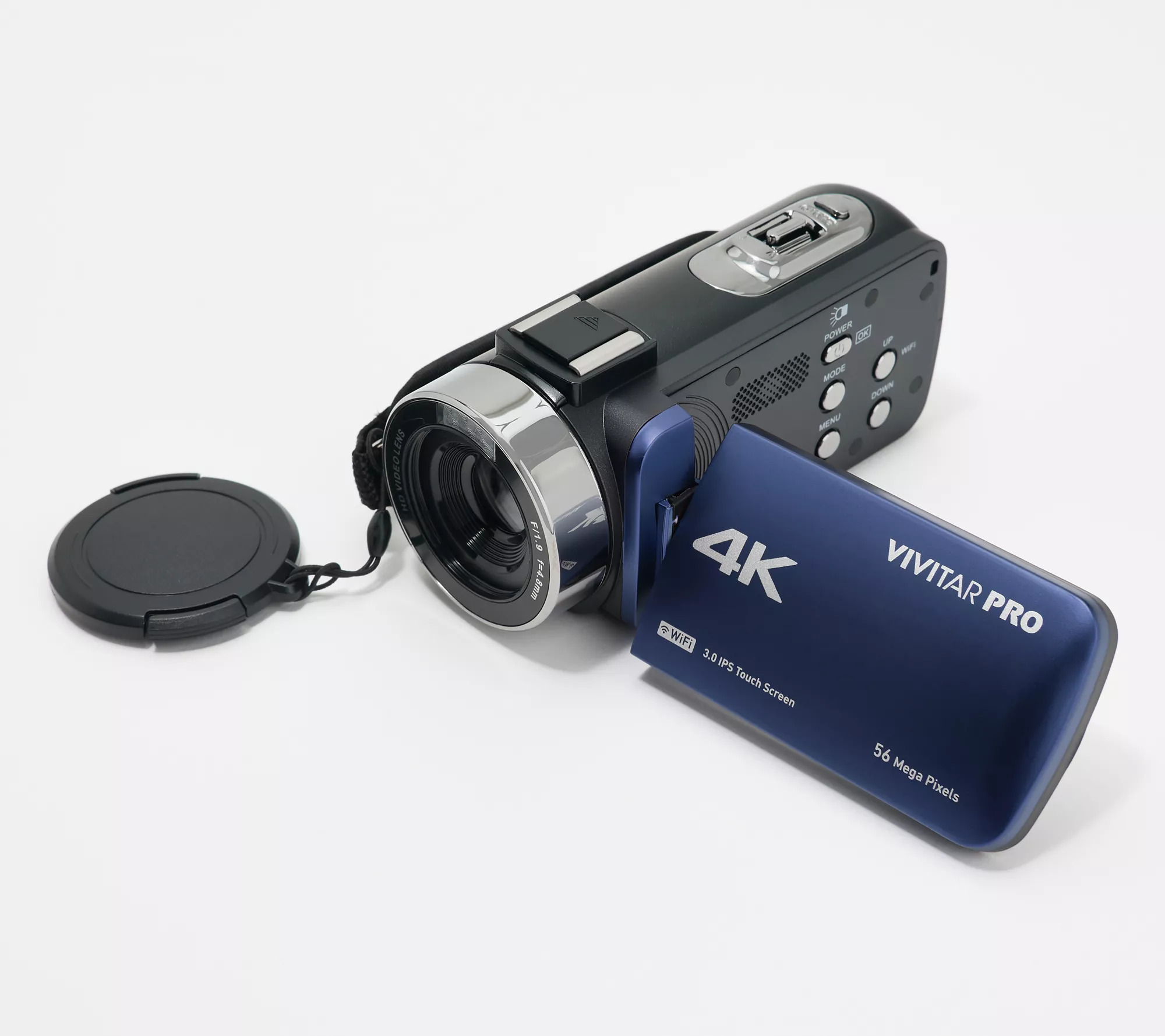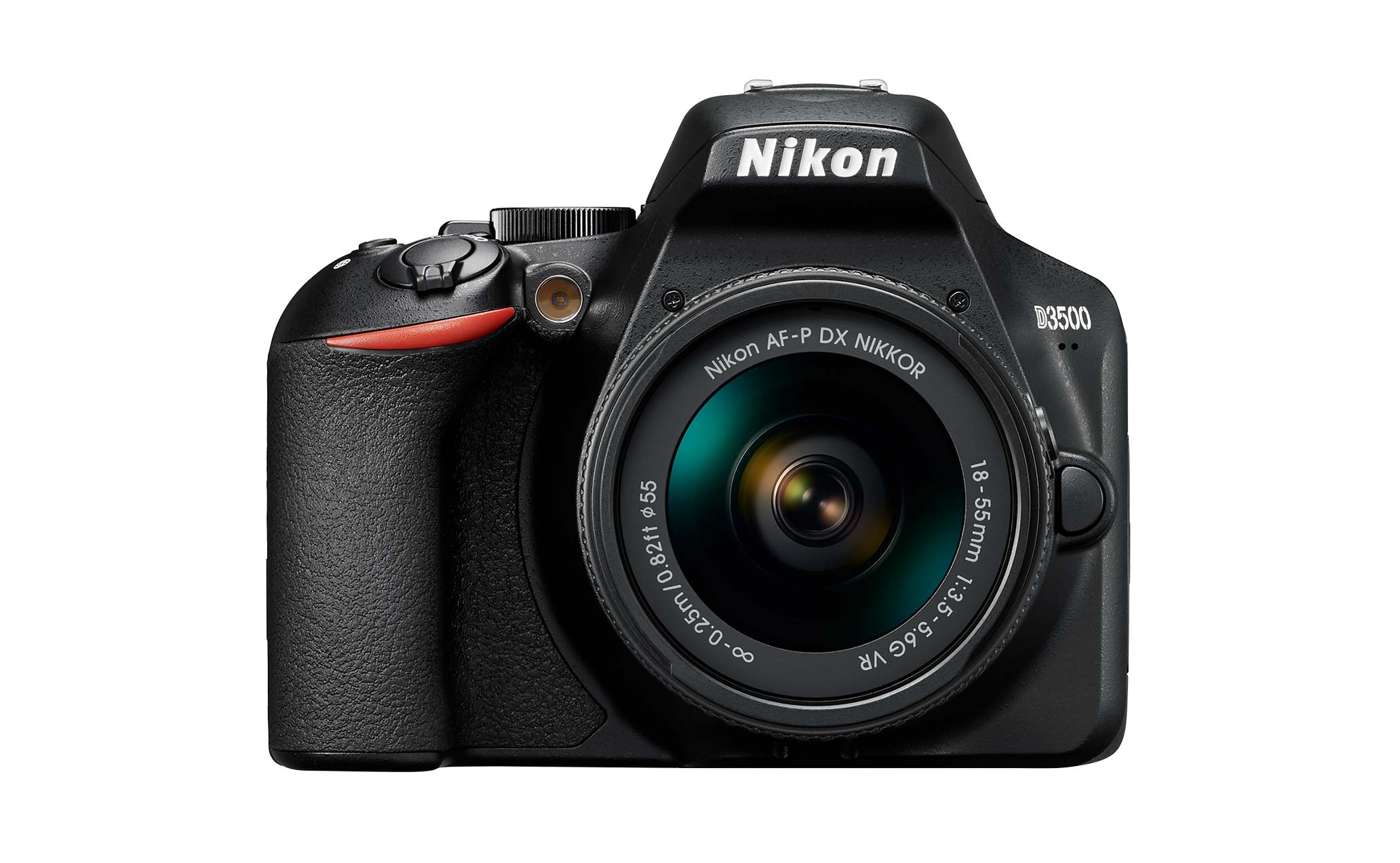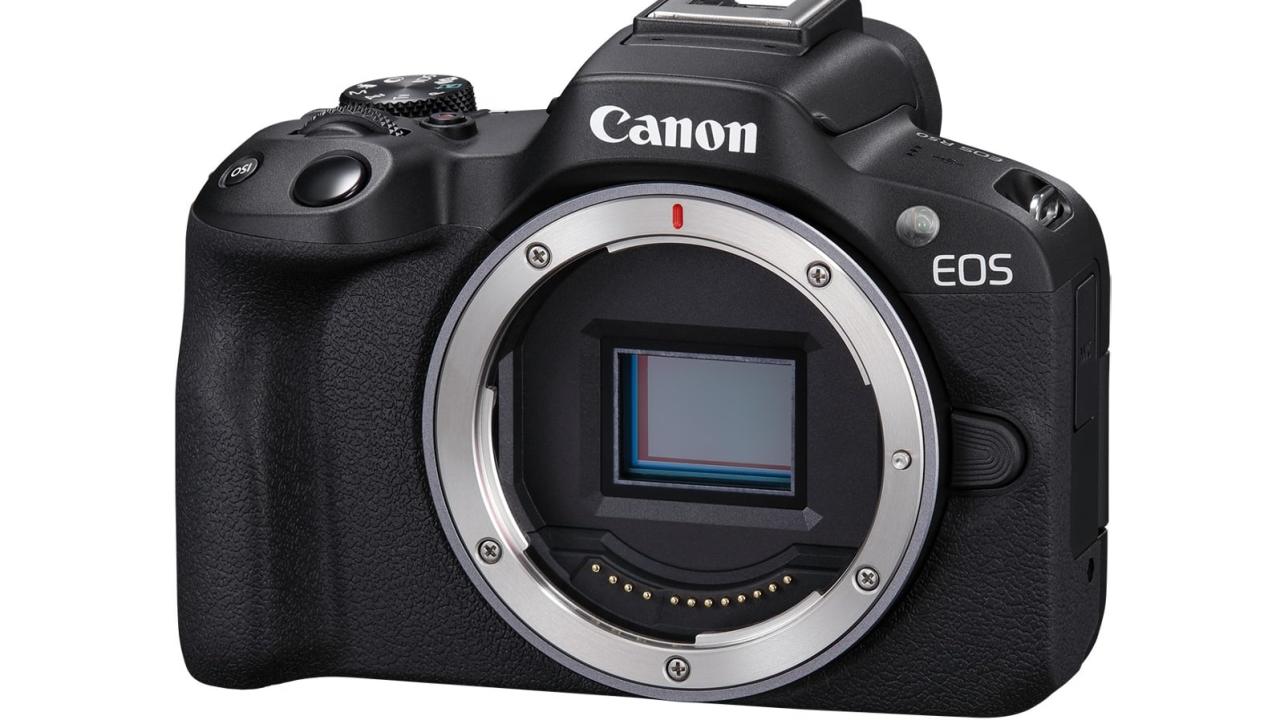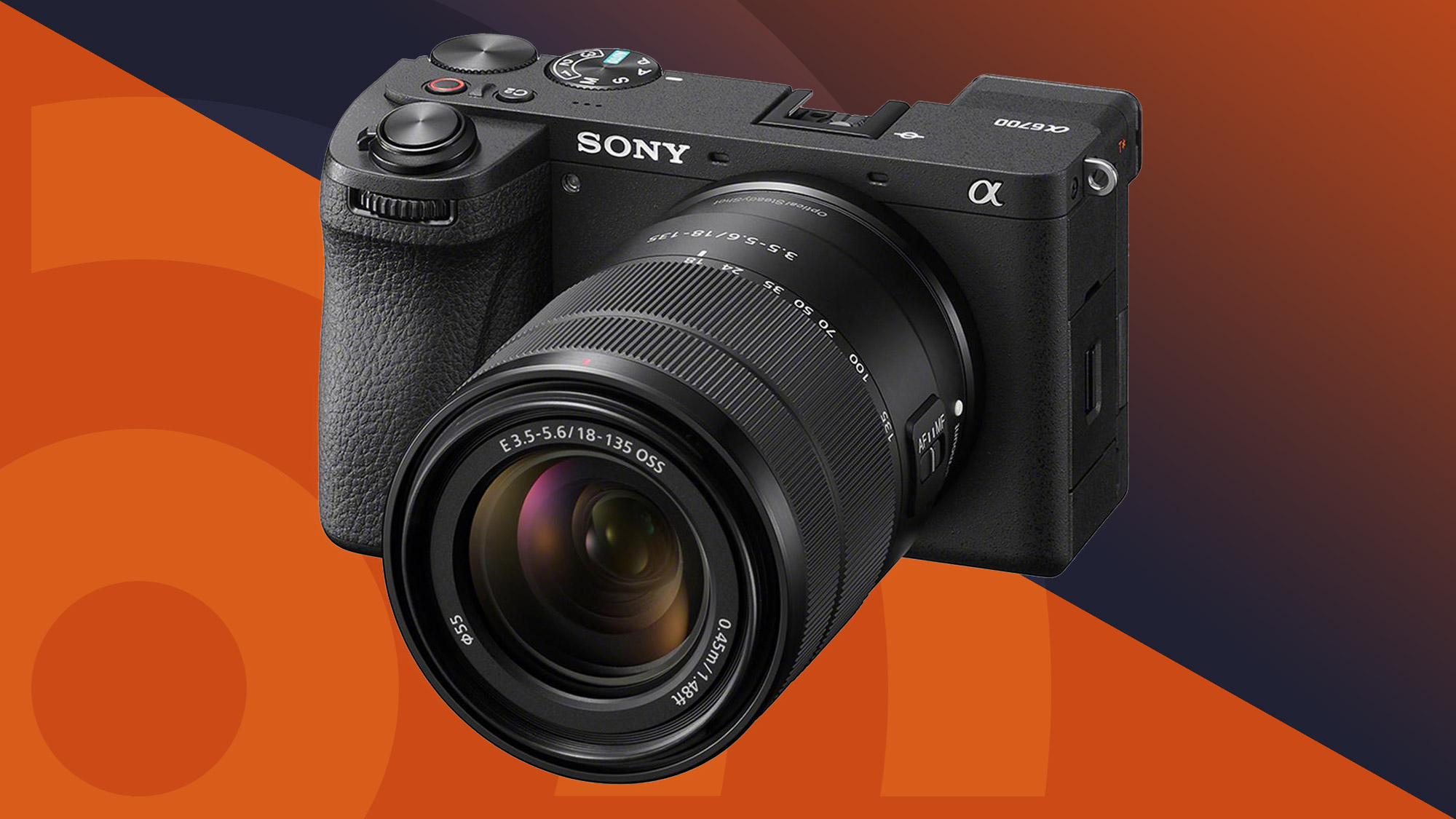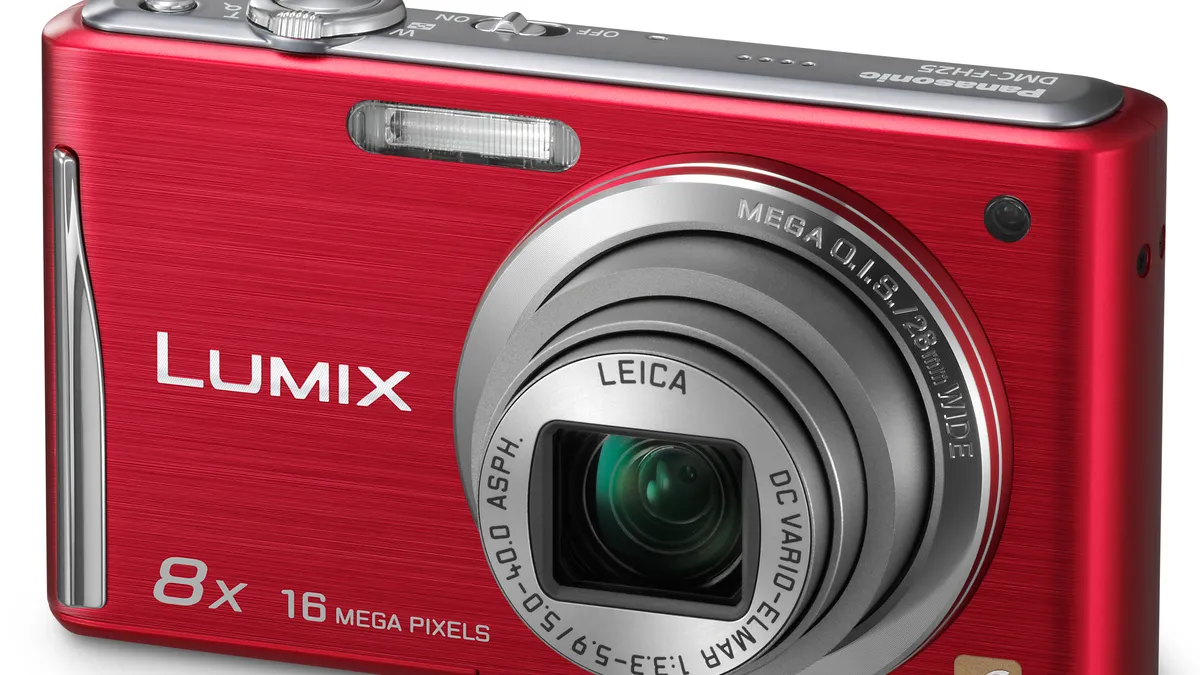Introduction
In today’s digital age, having a high-quality camera is essential for capturing life’s special moments. When it comes to digital cameras, two brand names that stand out are Canon and Nikon. These two renowned companies have been at the forefront of photography technology, consistently delivering top-notch cameras that cater to the needs of both professional photographers and enthusiasts.
Canon and Nikon have established themselves as industry leaders, and photographers often find themselves debating which brand offers the best digital camera. While both companies produce exceptional cameras, it is important to explore various factors to determine which brand aligns best with your specific photography needs. This article aims to compare Canon and Nikon cameras across different aspects to help you make an informed decision.
Throughout this comparison, we will delve into several critical factors, including image quality, lens options, autofocus performance, video recording capabilities, user interface and features, build quality and ergonomics, as well as battery life. By assessing these aspects, you can gain a comprehensive understanding of the strengths and weaknesses of each brand, ultimately aiding you in making the right choice.
It’s worth noting that personal preference also plays a vital role in selecting a digital camera. While comparison and analysis can provide valuable insights, the final decision ultimately rests on your shooting style, preferences, and unique requirements. With that said, let’s delve into the details of Canon and Nikon cameras to help you make an informed decision.
Price Comparison
When it comes to purchasing a digital camera, price is often a significant factor to consider. Canon and Nikon offer a wide range of camera models catering to various budgets, from entry-level options to high-end professional cameras.
On average, Nikon cameras tend to be slightly more expensive than their Canon counterparts. However, it’s important to note that price variations can vary significantly depending on the specific camera model and its features. Entry-level cameras from both brands are typically more budget-friendly, making them ideal choices for beginners or those on a tight budget.
Canon cameras often provide a great value for money, particularly in their mid-range and entry-level offerings. They are known for offering competitive prices without compromising on image quality or performance. Nikon, on the other hand, typically offers more advanced features and higher build quality in their cameras, which can justify the higher price point.
It’s crucial to consider your specific photography needs and budget constraints when comparing the prices of Canon and Nikon cameras. Assessing the features and capabilities of different models within your price range will help you make a more informed decision.
Additionally, it’s worth noting that the cost of photography equipment expands beyond the camera body itself. The lenses, accessories, and additional gear can significantly contribute to the overall expenditure. Both Canon and Nikon offer a wide selection of lenses and accessories, and it’s beneficial to factor in the availability and cost of these additional items when comparing prices between the two brands.
Image Quality Comparison
When it comes to digital cameras, image quality is one of the most critical factors photographers consider. Both Canon and Nikon have a strong reputation for delivering exceptional image quality in their cameras, thanks to their advanced image sensors and processors.
In terms of image resolution, Canon and Nikon offer cameras with various megapixel counts to suit different needs. Both brands have models that range from lower resolution options, suitable for everyday photography, to higher resolution cameras, perfect for professional and detailed work. It’s worth noting that megapixel count alone does not determine image quality, as factors such as image processing, sensor size, and lens quality also play crucial roles.
Canon cameras are often praised for their vibrant and true-to-life colors. They have developed a dedicated color science that is highly appreciated by photographers, especially in genres such as portrait photography. Canon’s cameras tend to produce images with rich tones and excellent color accuracy, making them a popular choice for photographers who prioritize color reproduction.
Nikon cameras, on the other hand, are known for their exceptional dynamic range. Dynamic range refers to the camera’s ability to capture a wide range of tones, from the darkest shadows to the brightest highlights. Nikon cameras excel in preserving detail in high-contrast scenes, allowing photographers to achieve stunning images with impressive detail in both shadow and highlight areas.
Both Canon and Nikon offer excellent noise performance, particularly in their higher-end camera models. Noise refers to the unwanted grain or pixelation that can appear in images, especially in low-light conditions. Both brands have made significant advancements in reducing noise levels, enabling photographers to capture clean and detailed images even in challenging lighting situations.
Ultimately, the image quality of a camera is subjective and can depend on personal preference and shooting style. It is recommended to test and compare sample images from different Canon and Nikon cameras to determine which brand’s image rendering appeals more to your aesthetic vision.
Lens Options
When it comes to lens options, both Canon and Nikon offer a vast selection, providing photographers with a wide range of choices to suit their specific needs and shooting styles. Both brands have a long history of producing high-quality lenses that are compatible with their respective camera systems.
Canon has an extensive lineup of lenses, ranging from standard zoom lenses to telephoto lenses, prime lenses, macro lenses, and specialty lenses. Their lens selection is known for its reliability, excellent optical performance, and versatility. Canon lenses are compatible with both full-frame and APS-C sensor cameras, offering photographers a range of options based on their camera body type.
Nikon also boasts an impressive lens catalog that covers a broad spectrum of focal lengths and specialties. Nikon lenses are known for their optical superiority and build quality. Like Canon, Nikon lenses are compatible with both full-frame and APS-C sensor cameras, providing photographers with a wide array of choices.
One significant advantage of both Canon and Nikon systems is the presence of third-party lens manufacturers, such as Sigma, Tamron, and Tokina, which offer lenses compatible with Canon and Nikon bodies. This expanded lens ecosystem provides photographers with even more options, allowing them to choose from a variety of lenses based on their specific requirements.
When considering lens options for Canon and Nikon cameras, it’s essential to evaluate factors such as lens availability, price, and lens reputation in terms of optical performance and build quality. Additionally, consider your intended photography genres and the focal lengths you anticipate needing most frequently.
It’s also worth noting that investing in high-quality lenses can often have a more significant impact on image quality than the camera body itself. Therefore, when comparing Canon and Nikon systems, it can be beneficial to analyze the lens lineup and availability, ensuring that there are suitable options for your specific photography needs.
Autofocus Performance
Autofocus performance is a crucial aspect to consider when comparing Canon and Nikon cameras, as it directly impacts the ease and accuracy of capturing sharp and well-focused images.
Both Canon and Nikon have made significant advancements in autofocus technology over the years, equipping their cameras with sophisticated autofocus systems that deliver reliable and fast focusing in various shooting conditions.
Canon cameras are renowned for their Dual Pixel CMOS autofocus technology, which offers smooth and precise autofocus during both still photography and video recording. This technology uses phase detection autofocus (PDAF) points that cover a large portion of the image sensor, enabling quick and accurate subject tracking and focusing. Canon’s autofocus systems are especially praised in the field of sports and action photography, where capturing fast-moving subjects is essential.
Nikon cameras, on the other hand, employ Multi-CAM autofocus systems that utilize a range of autofocus points spread across the frame. Nikon’s autofocus systems are known for their accuracy, reliability, and ability to track subjects effectively. Nikon cameras usually excel in situations where consistent autofocus performance is required, such as wildlife or wedding photography.
Both Canon and Nikon offer a variety of autofocus modes and customization options, allowing photographers to tailor the autofocus system to their specific shooting needs. Continuous autofocus modes, face detection, and eye tracking are among the features commonly found in modern Canon and Nikon cameras, enhancing the overall autofocus performance.
It’s essential to consider your shooting style and the types of photography you engage in when evaluating the autofocus performance of Canon and Nikon cameras. If you primarily photograph fast-paced action or sports, Canon’s Dual Pixel CMOS autofocus may be more suitable. Conversely, if you require precise subject tracking and accuracy in various conditions, Nikon’s Multi-CAM autofocus systems may be more appealing.
Ultimately, it is advisable to test and compare the autofocus performance of Canon and Nikon cameras in real-world shooting scenarios to determine which brand’s autofocus system aligns best with your specific needs.
Video Recording
In recent years, the demand for high-quality video recording capabilities in digital cameras has significantly increased. Both Canon and Nikon have recognized this trend and have incorporated advanced video features into their camera models.
Canon has established itself as a leader in the field of video recording, particularly with its EOS Cinema line of cameras. Canon cameras often offer a wide array of video resolutions and frame rate options, allowing videographers to capture footage in stunning detail. They provide features such as full manual control, adjustable frame rates, and the ability to shoot in various video formats, including 4K Ultra HD. Additionally, Canon’s Dual Pixel CMOS autofocus technology greatly enhances the camera’s ability to track and focus on subjects during video recording, ensuring smooth and professional-looking footage.
Nikon, too, has made significant strides in video recording capabilities in their camera lineup. Nikon cameras offer features like full HD video recording, multiple frame rate options, and various video compression formats. Nikon’s cameras often provide videographers with flexible manual controls and the ability to utilize different lenses, expanding creative possibilities. While Nikon lacks Canon’s Dual Pixel CMOS autofocus technology, many of their cameras still offer reliable autofocus performance during video recording.
Both Canon and Nikon cameras offer external microphone input and headphone jacks, allowing for better audio recording and monitoring during video shoots. This is particularly beneficial for vloggers, filmmakers, and other content creators who prioritize audio quality in their video recordings.
When considering video recording capabilities, it’s essential to evaluate the specific features and resolutions offered by Canon and Nikon models within your budget. Depending on your videography needs, such as filming weddings, documentaries, or vlogs, you may prioritize certain features, such as 4K recording or advanced autofocus, which can influence your choice between the two brands.
Ultimately, Canon tends to be the preferred choice for videographers who require advanced video features and superior autofocus performance. However, Nikon also offers capable video recording options, making it a viable choice for those who prioritize image quality and versatility in their video projects. Before making a decision, it’s beneficial to test and compare sample footage from Canon and Nikon cameras to ensure they meet your specific video recording requirements.
User Interface and Features
When it comes to digital cameras, having an intuitive and user-friendly interface can greatly enhance the shooting experience. Canon and Nikon have both developed their own unique user interfaces and offer a range of features to cater to photographers of all levels.
Canon cameras typically feature a user-friendly interface that is easy to navigate, with clear and accessible menus. Canon’s cameras often offer a variety of shooting modes, from fully automatic to fully manual, allowing photographers to customize their shooting experience based on their skill level and preferences. Canon cameras also tend to offer a wide range of creative features and shooting modes, such as built-in filters, multiple exposure settings, and in-camera HDR capabilities, providing photographers with added versatility and creative control.
Nikon cameras also offer an intuitive user interface, with logically organized menus and easy-to-access settings. Nikon cameras often provide a more traditional layout and interface design, appealing to photographers who prefer a more classic and tactile feel. Nikon’s cameras offer a range of shooting modes and features, including advanced scene modes, custom picture controls, and in-camera editing options, allowing photographers to fine-tune their images directly on the camera.
Both Canon and Nikon cameras offer built-in Wi-Fi and Bluetooth connectivity options, enabling photographers to wirelessly transfer and share images to their smartphones or other devices. This feature is particularly useful for quickly sharing images on social media or transferring files to a computer for further editing. Additionally, some higher-end models from both brands offer built-in GPS functionality, allowing photographers to geotag their images and track their location data during shoots.
When evaluating the user interface and features of Canon and Nikon cameras, it’s important to consider your personal preferences and shooting style. Some photographers may prefer the straightforward and intuitive interface of Canon cameras, while others may gravitate towards the more customizable options and traditional feel of Nikon cameras.
Prioritizing the features that are most valuable to your photography needs, such as Wi-Fi connectivity, creative shooting modes, or specific customization options, can also guide your decision-making process. It can be helpful to handle and navigate both Canon and Nikon cameras in-person to assess which user interface and features align best with your workflow and shooting preferences.
Build Quality and Ergonomics
When investing in a digital camera, it is important to consider the build quality and ergonomics, as these factors directly impact the comfort and durability of the camera during use.
Both Canon and Nikon produce cameras with robust constructions, designed to withstand the rigors of professional use. Their cameras typically feature durable materials, weather sealing, and solid build quality to provide reliable performance in various shooting conditions.
Canon cameras are known for their ergonomic designs, with well-placed buttons and controls that are intuitively positioned for easy access. They generally have a comfortable grip, allowing for extended shooting sessions without fatigue. Canon DSLRs often come with a variety of handgrips and battery grips that can be attached to further improve the camera’s ergonomics and overall handling.
Nikon cameras also boast excellent build quality and ergonomic designs. They feature well-textured grips and thoughtfully placed buttons and dials, providing a comfortable and secure feel in hand. Nikon DSLRs often have a deeper grip, which accommodates larger hands and enhances stability during shooting.
Both Canon and Nikon offer cameras with varying sizes and weights to cater to different photography preferences. Canon cameras are generally known for being slightly lighter, which can be advantageous for travel or extended handheld shooting. Nikon cameras, while often a bit heavier, provide a solid and substantial feel, especially in larger camera bodies.
It’s important to consider your shooting style and personal preferences when evaluating the build quality and ergonomics of Canon and Nikon cameras. If you prioritize a lightweight and compact camera setup, Canon may offer a more comfortable option. However, if you prefer a heavier and more substantial feel, Nikon cameras may be more appealing.
It is highly recommended to visit a local camera store and physically handle both Canon and Nikon cameras to assess their build quality, ergonomics, and how they feel in your hands. This firsthand experience can provide valuable insights into which brand’s camera body design aligns best with your shooting preferences.
Battery Life
Battery life is a crucial consideration when choosing a digital camera, as it directly affects the amount of time you can shoot without needing to recharge or replace batteries. Both Canon and Nikon have made significant strides in improving battery performance in their camera models.
Canon cameras are generally known for their impressive battery life. They utilize high-capacity lithium-ion batteries that can power the camera for extended shooting sessions. Canon’s battery life can vary depending on the camera model and usage conditions, but in general, Canon cameras tend to offer longer battery life compared to their Nikon counterparts. This is advantageous, especially for photographers who frequently shoot for extended periods, such as event or wildlife photographers.
Nikon cameras also have respectable battery performance, although they may not typically match the battery life of Canon cameras. Nikon cameras utilize their proprietary lithium-ion batteries, which provide sufficient power for most shooting situations. However, it’s worth noting that intense use of features like video recording or continuous burst shooting can significantly impact the battery life of Nikon cameras.
Both Canon and Nikon offer battery grip accessories for their cameras, which can increase battery life by accommodating additional batteries in the grip. These grips can be helpful when shooting in situations where access to power for charging batteries is limited, or when undergoing demanding shooting sessions that require longer battery endurance.
It’s important to consider battery life as part of your overall shooting requirements when comparing Canon and Nikon cameras. If you anticipate shooting for extended periods without ready access to power sources, Canon’s generally superior battery life may be a decisive factor. Conversely, if you prioritize other features over battery life and have the option to recharge or carry spare batteries, the difference in battery performance may have less impact on your decision-making process.
Additionally, consider the availability and affordability of spare batteries and options for charging on the go, especially when traveling or shooting in remote locations. These factors can help you make an informed choice based on your specific needs and shooting conditions.
Conclusion
After comparing various aspects of Canon and Nikon cameras, it’s evident that both brands offer exceptional options for photographers. The choice between Canon and Nikon ultimately depends on individual preferences, shooting style, and specific photography needs.
Canon is known for its vibrant color reproduction, extensive lens options, and user-friendly interface. Their cameras often excel in areas such as portrait photography, sports, and action photography, thanks to their advanced autofocus systems. Canon also offers competitive pricing, making their cameras a great value for money.
Nikon, on the other hand, is recognized for its impressive dynamic range, reliable autofocus performance, and solid build quality. Their cameras are particularly favored by photographers who require precise subject tracking and shoot in challenging lighting conditions. Nikon offers a wide range of lenses and appeals to photographers who prioritize image quality and durability.
When making a decision between Canon and Nikon, it’s crucial to evaluate factors such as price, image quality, lens options, autofocus performance, video recording capabilities, user interface, build quality, and battery life. Consider your shooting preferences, photography genres, and budget limitations to determine which brand’s cameras align best with your specific needs.
It’s important to remember that personal preference and comfort play a significant role in the decision-making process. It is highly recommended to visit a local camera store and physically handle both Canon and Nikon cameras to experience their build quality, ergonomics, and overall feel in hand.
Ultimately, choosing between Canon and Nikon is subjective, as both brands have a solid reputation, loyal user bases, and a wide range of models to suit photographers of all levels. Whichever brand you choose, rest assured that you will have access to excellent cameras that can capture stunning images and help you bring your creative vision to life.







